Whose coos are whose? The five types of pigeon you’ll see in Britain
There are 300 members of the pigeon family — or 'columba', as its properly known — and they're found on every continent. Only five are found in appreciable numbers in the wild in Britain, however, as Vicky Liddell explains.

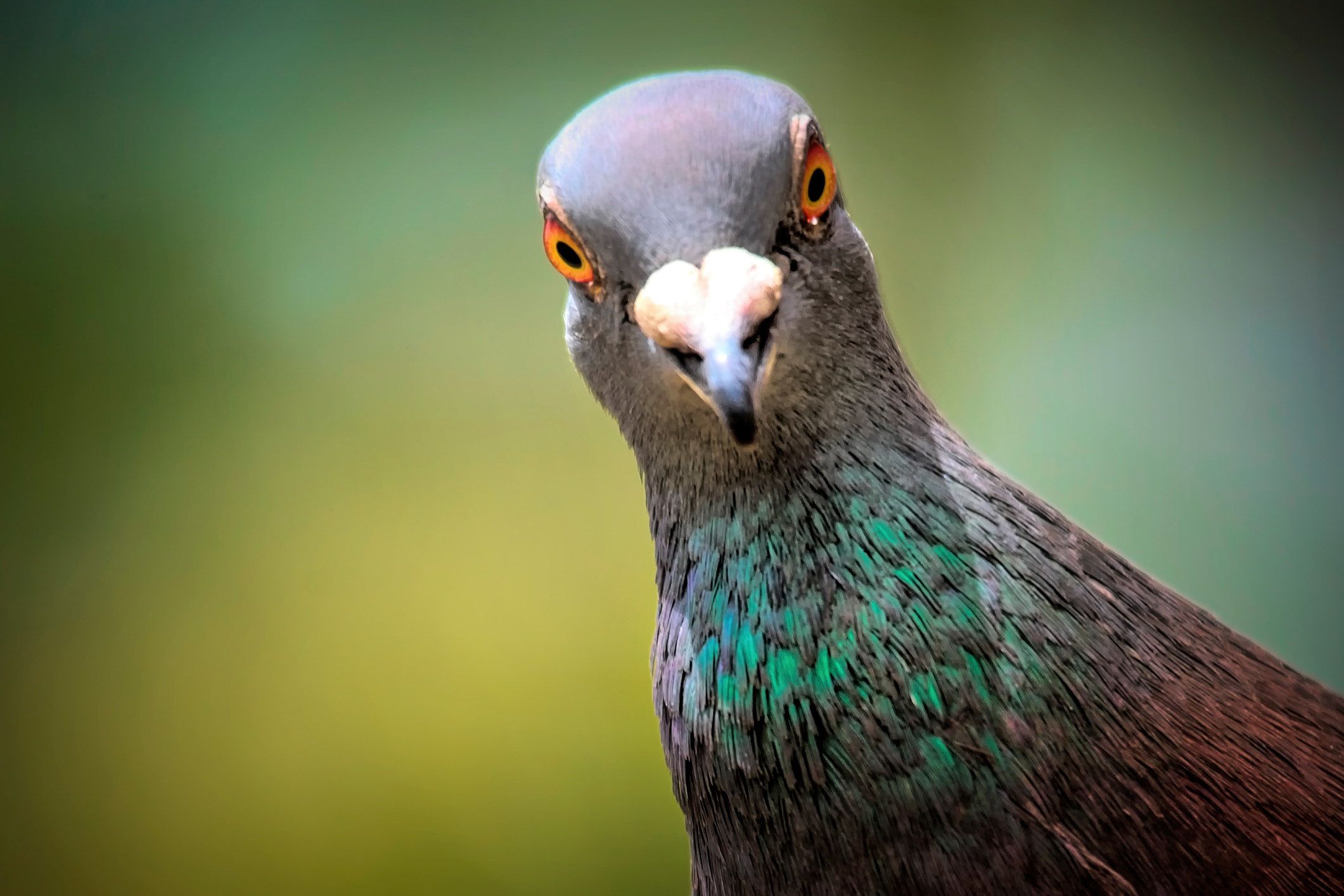
On station platforms up and down the country, male feral pigeons are performing carefully choreographed dances in front of unimpressed females. In the countryside, portly wood pigeons, in morning-suit grey, are puffing out their chests and sweeping their tail feathers like mini matadors. The bubbling coos that accompany their repertoire are often considered the soundtrack of summer, but many pigeons will breed six times a year and the common ‘woody’ (Columba palumbus) has been recorded as breeding in every calendar month of the year. Among the five species of pigeons that may be seen in the country, the wood pigeon, collared dove and stock dove are the most common. The wild rock dove, from which all feral and domestic pigeons are descended, is mostly confined to north-west Scotland and the migrant turtle dove is now the fastest declining species in the UK.
The Columbidae family, which once included the extinct dodo, extends to more than 300 species, found on every continent apart from Antarctica. Their fondness for settling in cities in large numbers has inspired love and loathing in equal measure, but there is no scientific difference between the white doves of peace and ‘rats with wings’ — it’s only that a smaller, daintier bird is often described as a dove.
Wood pigeon (Columba palumbus)
Length 40cm–42cm (15¾in–16½in)
Population 5,150,000 pairs
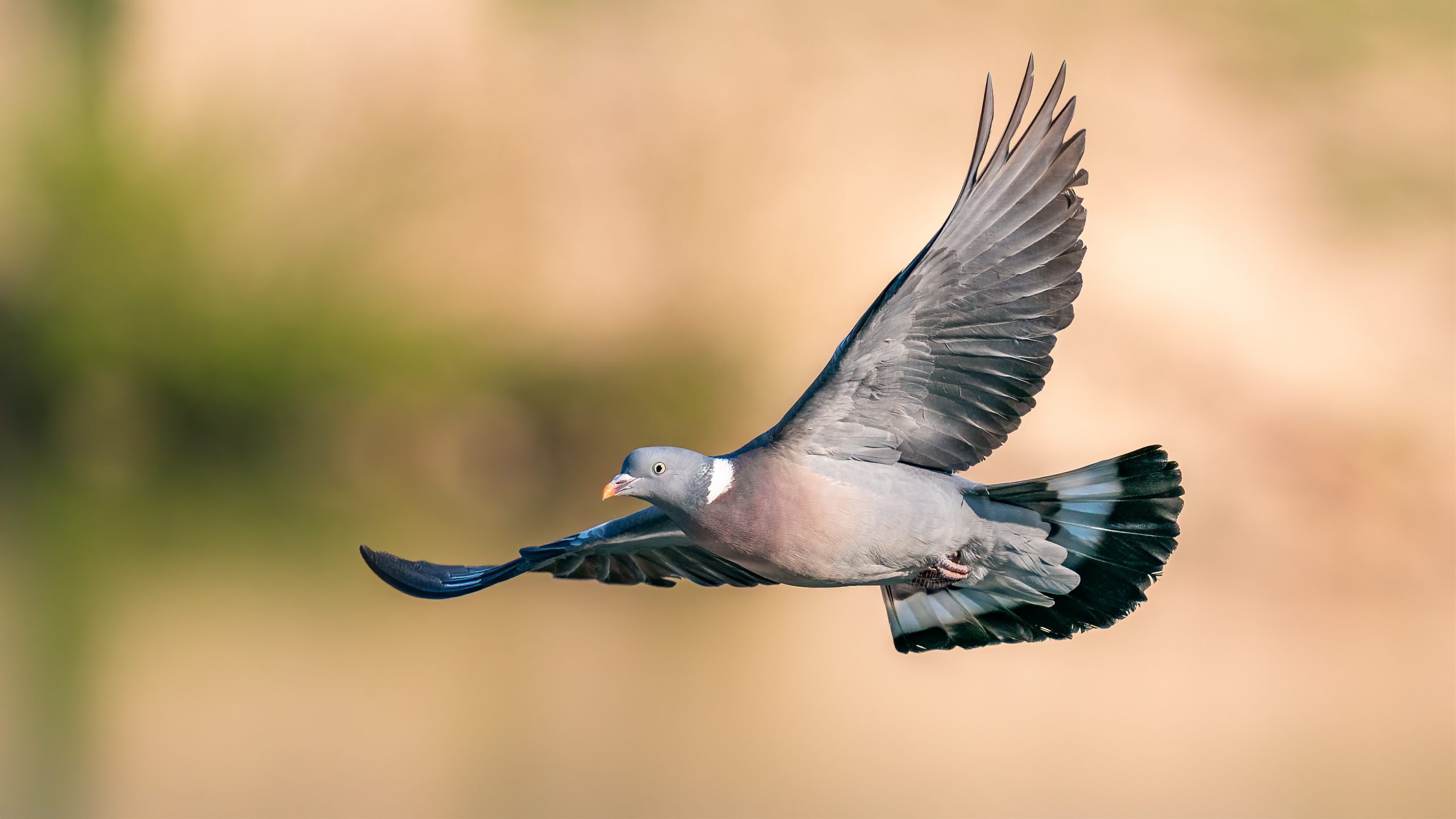
Once known as the ring dove, the UK’s largest and commonest pigeon is mostly grey, with a distinctive white neck patch and a pinkish breast. Its favourite food is oilseed rape, but it is also a weighty visitor to garden bird tables. Its call is a monotonous five-syllable, oooh, oooh, ooh, ooooh, ooh, often stopping abruptly as if it has been interrupted mid sentence.
Stock dove (Columba oenas)
Length 30cm–33cm (11¾in–13in)
Population 240,000 pairs
Exquisite houses, the beauty of Nature, and how to get the most from your life, straight to your inbox.
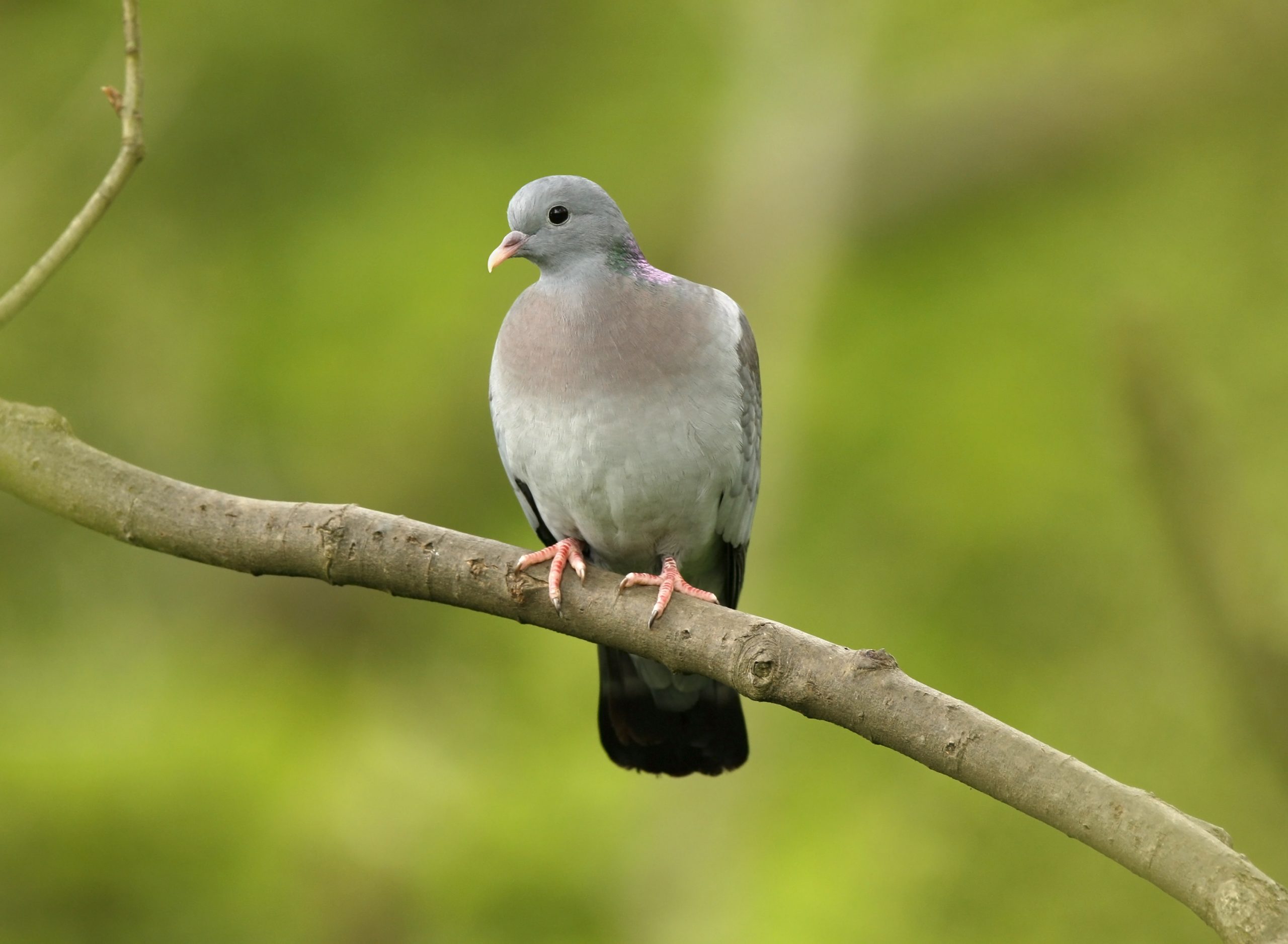
A smaller, daintier version of the wood pigeon, with a large shiny green and claret neck patch and no white plumage. Essentially a farmland bird, the stock dove will occasionally nest in rabbit holes. Its song is quite low and mournful and has been likened to the sound made by blowing over the top of a jam jar.
Collared dove (Streptopelia decaocto)
Length 32cm (13in)
Population 810,000 pairs
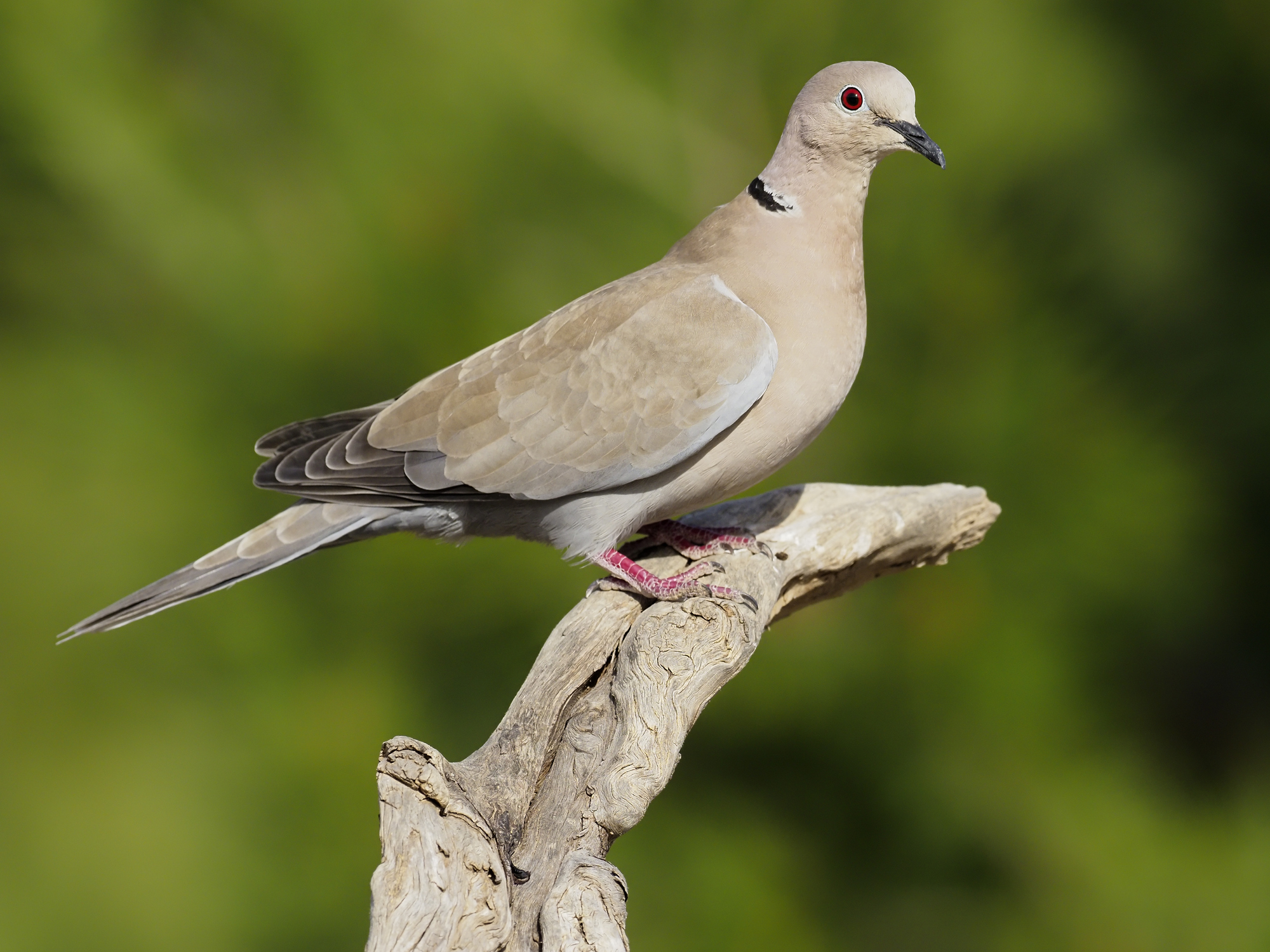
These pale, biscuit-coloured doves have a distinctive black neck collar, deep-red eyes and reddish feet. The first pair bred in the UK in 1956 and, since then, their numbers have rocketed. They can now be seen just about anywhere. Their song is a pleasant tri-syllable, coo, coo-coo, with the emphasis on the second syllable and they have a penchant for nesting behind satellite dishes.
Turtle dove (Streptopelia turtur)
Length 26cm–28cm (10in–11in)
Population 2,100 pairs
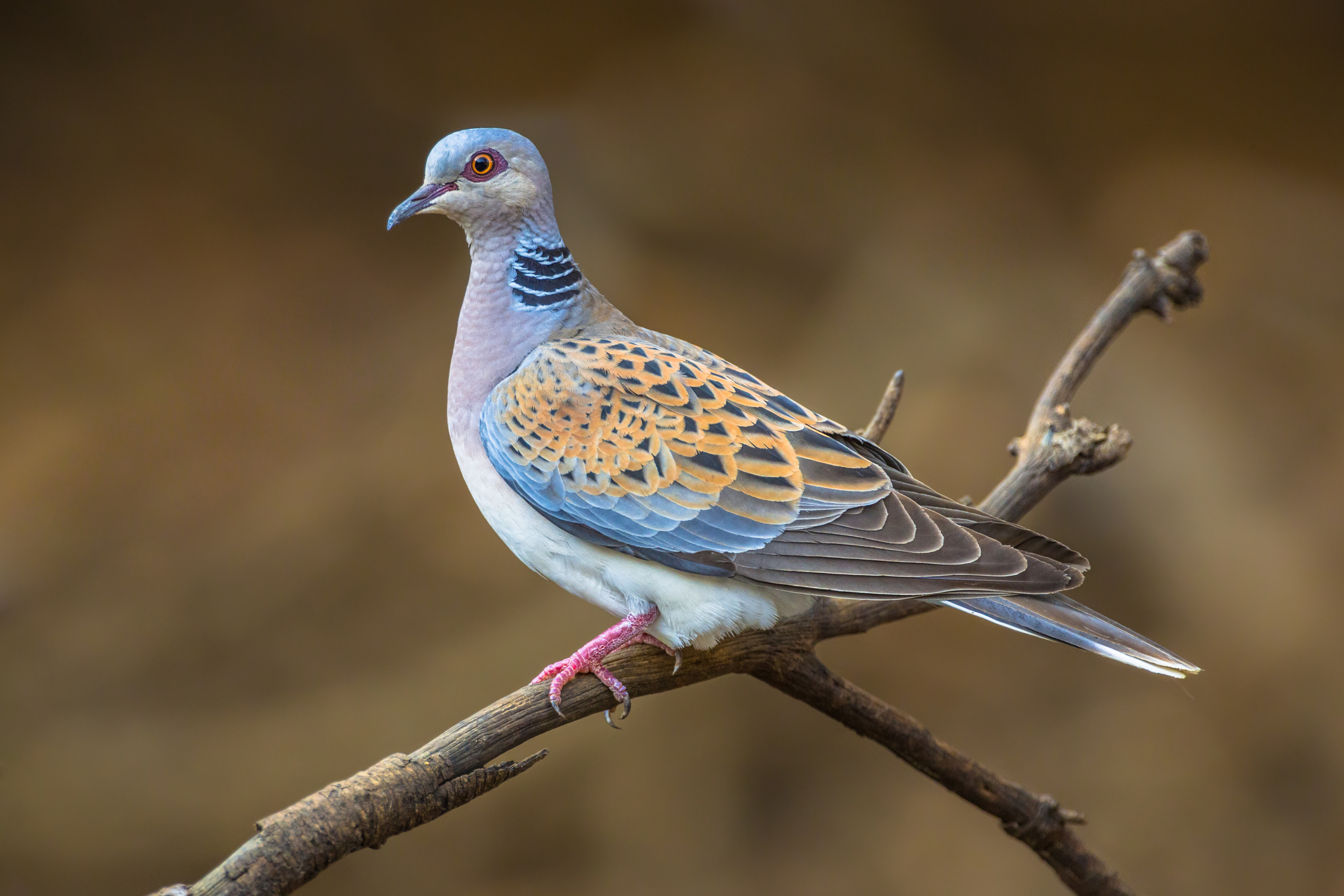
Small and slim with an orange-brown and black-patterned back and pink breast, the turtle dove is the only long-distance migratory dove species in Europe, departing in September and returning in April. Its decline has been driven by loss of habitat and high levels of hunting on its migration route in south-west Europe, but, 50 years ago, its distinctive purring, turr turr, was a familiar sound throughout the country. It is now most likely to be heard in Suffolk or Kent.
Rock dove/Feral pigeon (Columba livia)
Length 31cm–34cm (12in–13in)
Population 465,000 pairs
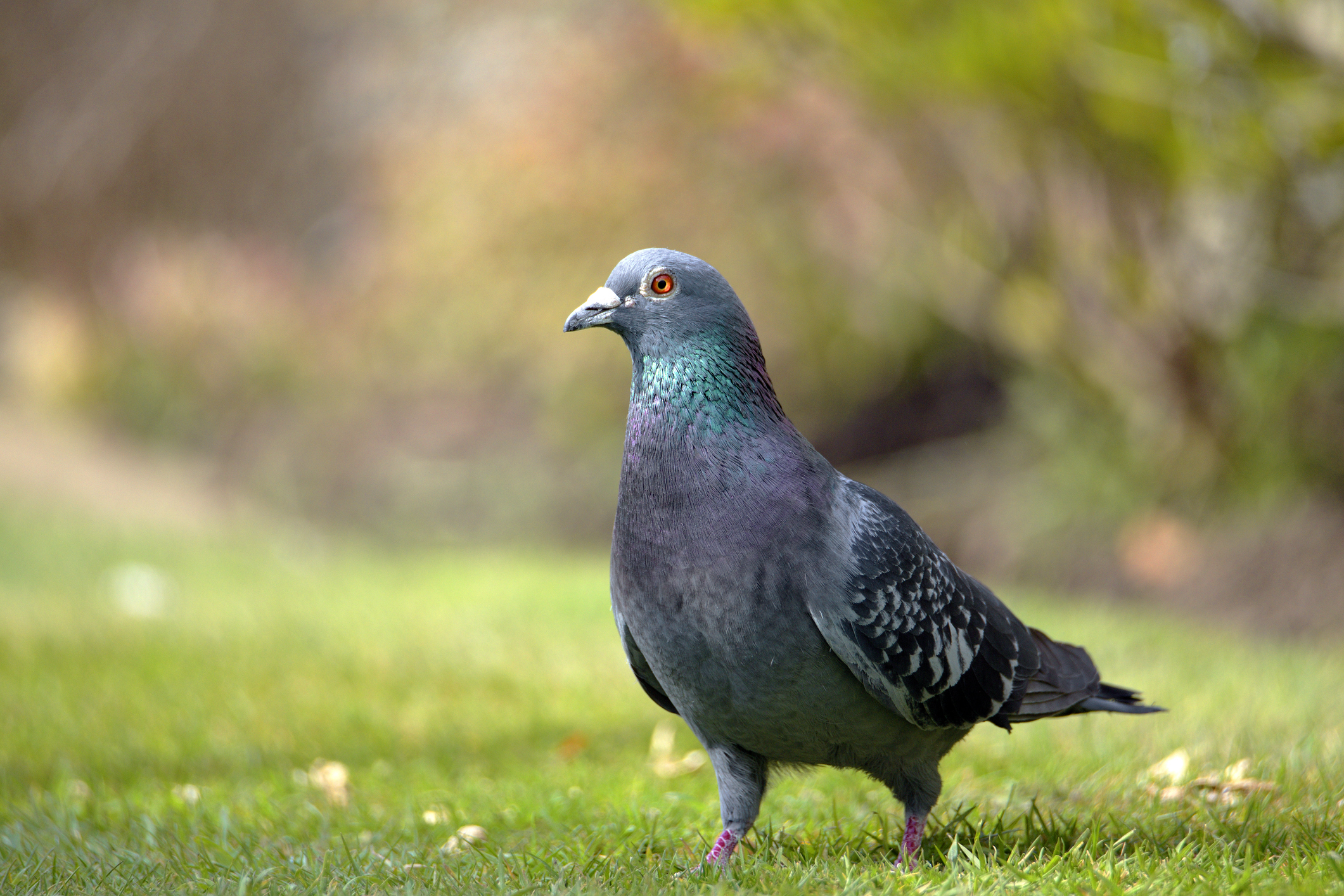
The pure wild rock dove is rare, but there are small populations in the Outer Hebrides, where it can be identified by its blue-grey mantle and pale-grey lower back. Feral pigeons can appear anywhere in almost every colour from pure white to wholly black. Their rolling throaty coos and soft moans are quotidian ingredients of the metropolitan soundscape.
Six amazing facts about pigeons
- A wood pigeon’s crop can hold as many as 150 acorns, 1,000 grains or 200 beans
- From the 16th to the 18th century, pigeon guano was a highly prized fertiliser and many dovecotes had armed guards stationed outside to stop thieves
- Pigeons ‘bob’ their heads to stabilise the images of their surroundings. First, the head moves to fix on an image, then the body moves to catch up with it
- In 1995, Japanese scientists trained a group of pigeons to distinguish pictures by Monet and Picasso with 90% accuracy
- Homing pigeons, like London’s black cabbies, have a pronounced hippocampus—the part of the brain associated with navigation
- Pigeons and doves are unique in being able to drink water without tipping their heads back to swallow, and use their beaks to pull fluid up as if through a straw
How pigeons became man's avian best friend
The birds’ relationship with mankind goes back thousands of years. The first images of domesticated pigeons come from Mesopotamia about 6,000 years ago and, from there, the pigeon culture gradually spread north and west to Turkey and Greece. In 776BC, the ancient Greeks used pigeons to relay results of the very first Olympic Games. Later, Julius Caesar relied on them to communicate with his troops when campaigning in Gaul. Doves were an ancient sign of fertility to both the Sumerians and the Hebrews and they continue to be important religious symbols in Hinduism, Buddhism and Christianity.
In Britain, the first wave of pigeon-keeping arrived after the Norman Conquest and the right to own a dovecote was initially restricted to barons, abbots and lords of the manor. As sanctions were gradually relaxed, numbers soared and it has been estimated that, by the end of the 17th century, there were as many as 26,000 dovecotes in England.
Famous pigeon keepers, from Charles Darwin to Mike Tyson
One of the most devoted pigeon keepers was Charles Darwin, who bred more than 100 birds in his garden, artificially selecting them to provide evidence for his history of evolution, which inspired George Bernard Shaw to describe him as ‘an intelligent and industrious pigeon fancier’.
Over a century later, Darwin had an unlikely fellow pigeon fancier in world heavyweight champion Mike Tyson, the most fearsome boxer of the 1980s.
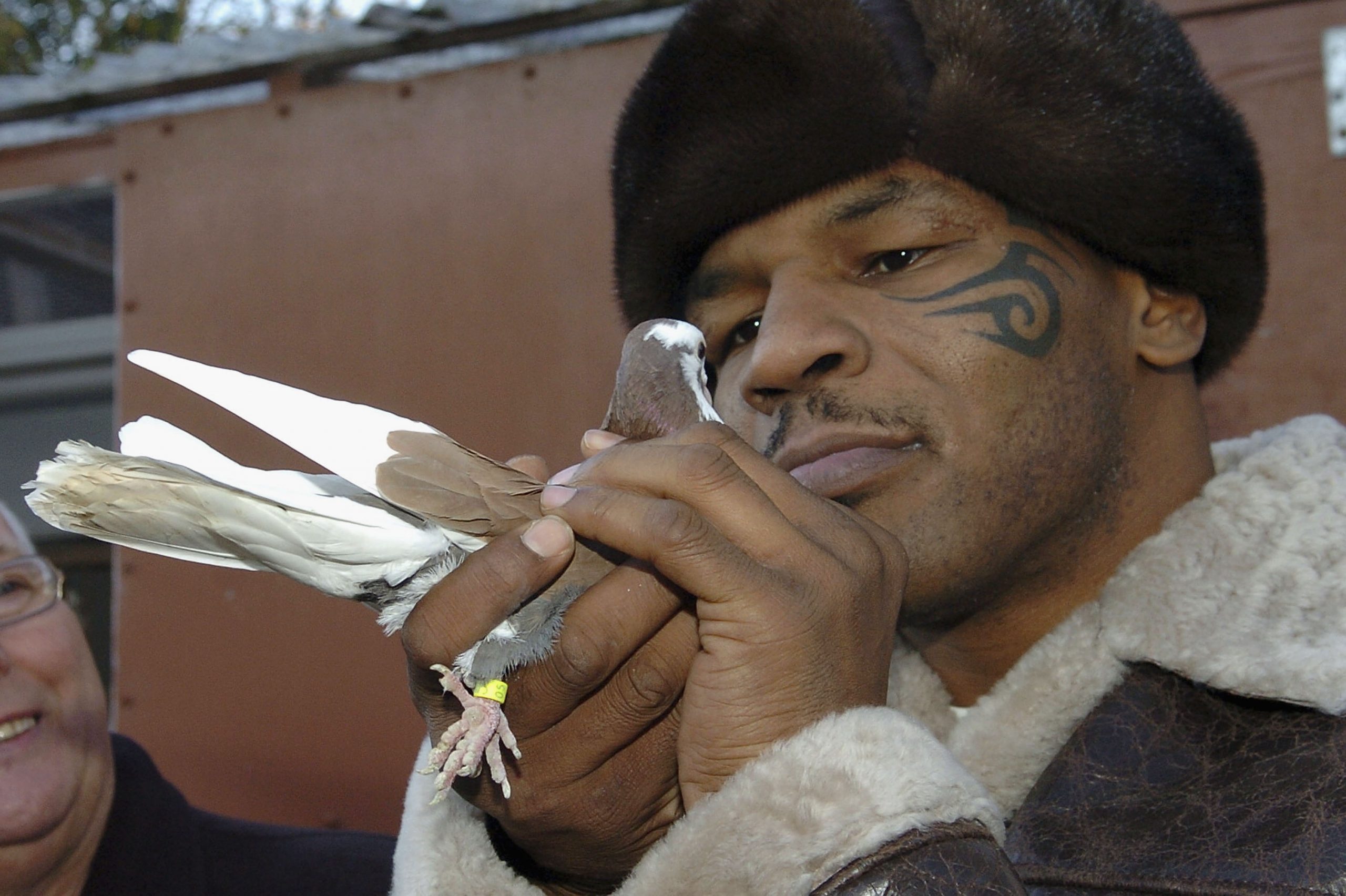
How carrier pigeons became war heroes
Pigeons have long been used to send messages. In 1850, Paul Julius Reuter turned to homing pigeons to plug the gap in his telegraph network between Brussels and Aachen and, in newspaper offices, reporters successfully used pigeons to file breaking news stories and horse-race results. In early 20th century France, journalists following the early bike tours would carry a basket of birds to send updates from the road — and when war broke out, pigeons reached new heights in bravery and heroism. In 1918, a carrier pigeon named ‘Cher Ami’ saved the lives of 194 Allied troops by delivering an urgent request for back-up, despite being shot in the breast and losing a leg in the process.
Later, during the Second World War’s Operation Columba, 16,000 pigeons were dropped by parachute over enemy territory with questionnaires asking for information about troop movements and, although many got lost or were eaten by starving French farmers, sufficient numbers made it back to their lofts — so much that, out of 54 Dickin medals awarded during the war, 32 went to pigeons. Now, their days as messengers may have ended, but the pigeon-racing season continues from April to September and still involves an estimated 42,000 pigeon fanciers keeping birds in clattering lofts nationwide. Among these is the Royal Loft at Sandringham, built by Edward VII, where 160 mature birds are housed — exalted pigeons that travel to races with the royal crest on their boxes
The love lives of pigeons
Pigeons mate for life and pairs can often be seen huddled together on a ledge outside the breeding season. Nests are a messy and haphazard platform of sticks into which two white eggs are laid 40 hours apart and incubation is divided equally between the birds, with the hen sitting on the eggs from late afternoon until mid morning, when the cock takes over. On the 18th day, the baby pigeons, or ‘squabs’, emerge. Pink with a brilliant yellow down and an enormous beak, they are fed with a special pigeon ‘milk’, which is produced within the crops of both parents. After 30 days, they are ready to leave the nest and the entire cycle begins again.
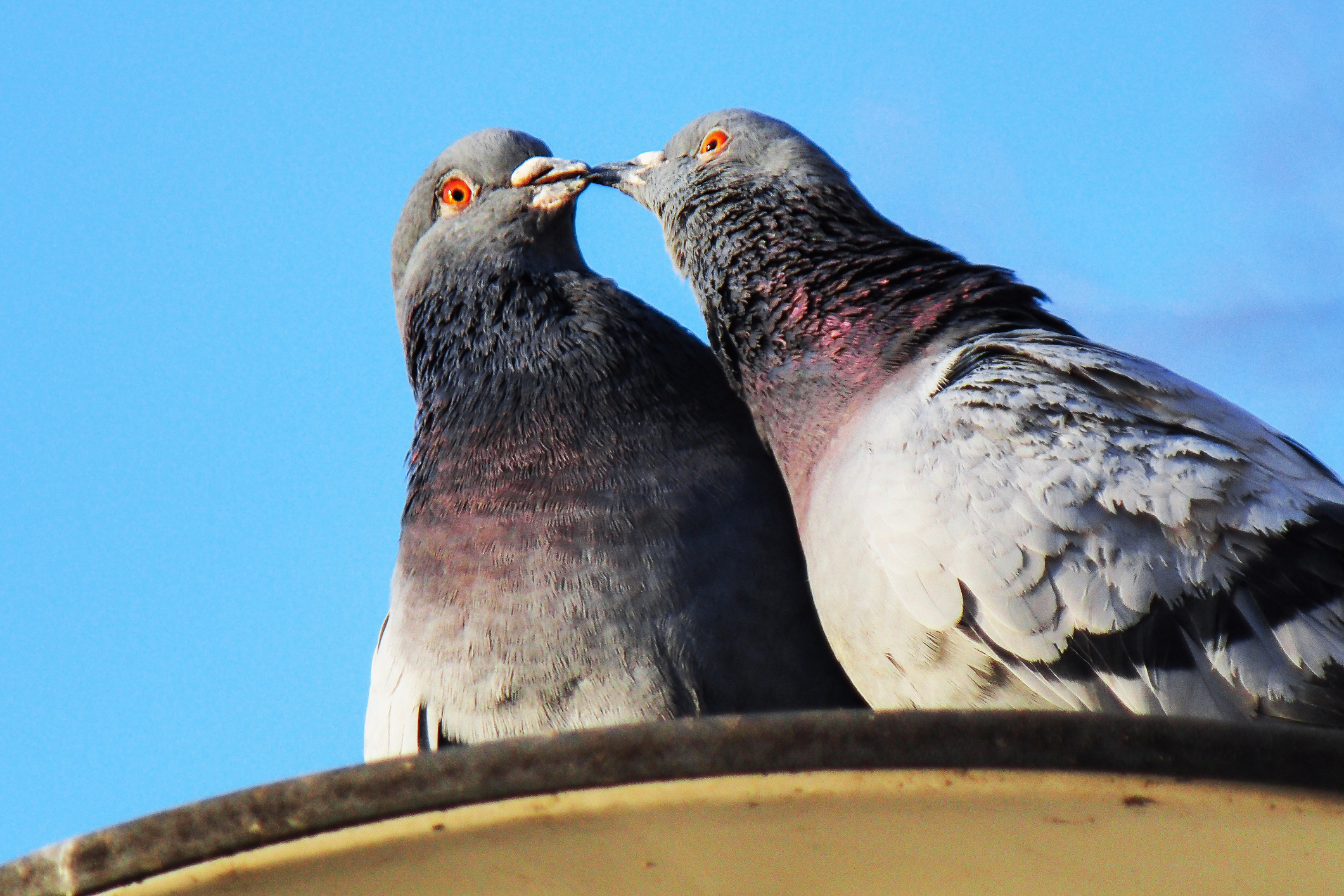
How pigeons have adapted to live in cities — earning them the name 'rats with wings'
On pavements and in parks, the feral pigeon (Columba livia domestica) reigns supreme, many of the birds having descended from the refugees from abandoned dovecotes of the past. Our urban landscape, with its ledges and high rises, imitates the original clifftop terrain of the wild rock dove and, wherever humans are, feral pigeons are only a few steps behind.
Over the years, their diet of human leftovers has widened alongside our own and the average London pigeon is now 20% heavier than two decades ago — but the main problem is the mess they leave behind. In 2002, a law was introduced to ban feeding pigeons in their traditional headquarters of Trafalgar Square but, today, there are still an estimated 2,993,000 feral pigeons in London (roughly one bird for every three people) and their ubiquity has fuelled their unpopularity.
Jon Day, the author of Homing, a memoir that interweaves the lives of people and pigeons, thinks that one of the reasons pigeons are so hated by urban residents is that it is difficult to know quite where they belong. ‘Pigeons don’t fit into the stable categories of wild and tame. They fly between two worlds, thriving in both, but welcome in neither.’

Perhaps they’d be more admired if their intellectual qualities were more widely known. Contrary to popular belief, pigeons are very intelligent and are one of only a small number of species that can recognise their own reflection. Pigeons are also capable of identifying a person who feeds them regularly and have been observed using the London Underground with purpose.
Their four-cone retinas enable them to see a dazzling spectrum of colours and their large hearts pump blood round at a much faster rate than our own, giving them amazing powers of recovery — birds savaged by hawks can be flying again in a few days.
How far can pigeons fly in a day?
An extraordinary characteristic of pigeons is their ability to take off vertically, like a jump jet; once air-borne, they can cruise at a comfortable 50 miles per hour, covering up to 700 miles in a single flight. Their navigational abilities are extraordinary and mysterious, but scientists now agree that it is the smell of the wind, combined with a pigeon’s sun and magnetic compass, that helps them to find their way home. Pigeons may lack the charisma of the corvid family, but they are undeniably beautiful.
When seen up close, their neck feathers have an iridescent sheen of blues and greens. They rise to the skies with a clap at the first flicker of danger and tumble through our world using our landmarks for navigation. ‘Listening to a loft full of pigeons is like eavesdropping on a conversation in a distant room,’ writes Mr Day. ‘Sometimes, they sound like a bunch of gossips.’
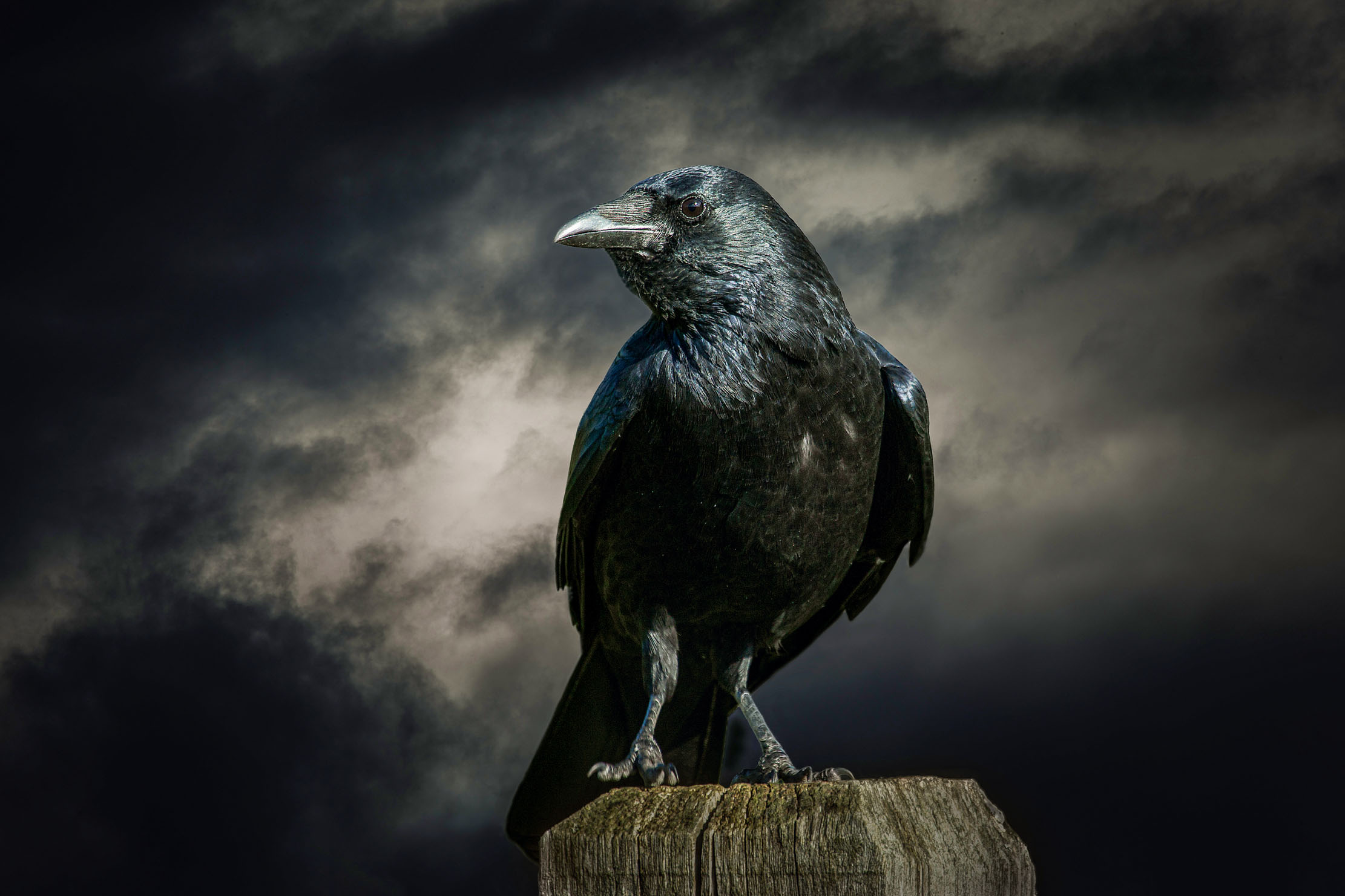
Crows: Everything you need to know about the whole corvid family, from ravens and jackdaws to rooks, magpies, jays and choughs
Clever, companionable and mischievous, the crow or corvid family of birds has long loomed large in our lives and imaginations,
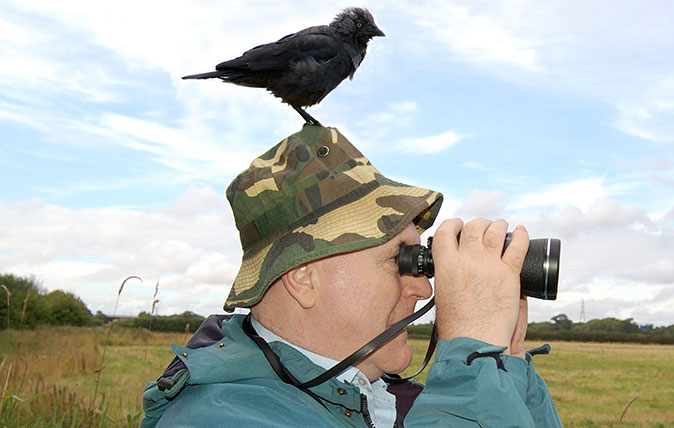
Credit: Alamy
11 things you never knew about the jackdaw, the bird that just loves people
Ian Morton takes a look at the jackdaw, a bird with a real affinity for man – despite a chequered reputation
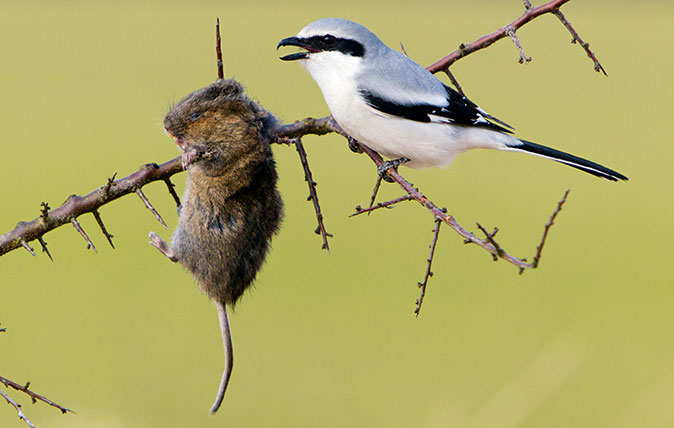
Credit: Getty / Duncan Usher / Minden Pictures
Beware the Great Grey Shrike: The pretty songbird with the temperament of Vlad the Impaler
Simon Lester takes a look at the great grey shrike, a delicate-looking songbird whose innocent appearance belies its sadistic tendencies

Collective nouns for birds
We celebrate our favourite collective nouns for birds, from the weird and the wonderful to the most curious.
Vicky Liddell is a nature and countryside journalist from Hampshire who also runs a herb nursery.
